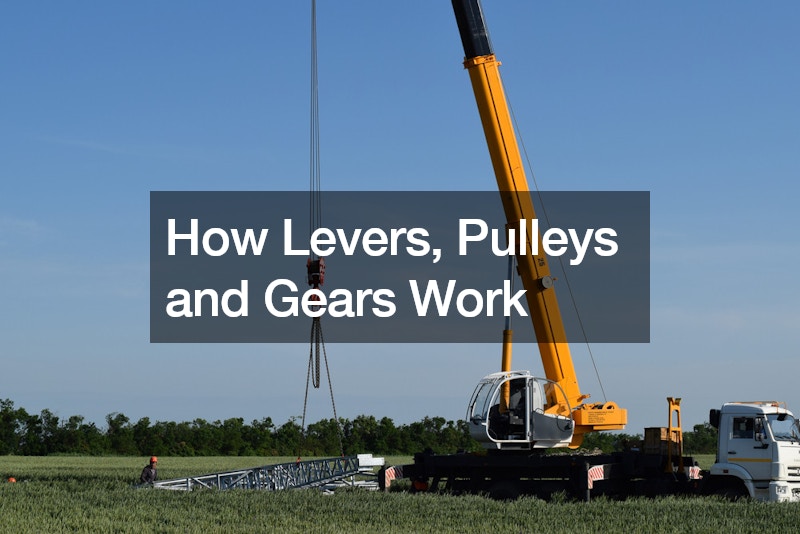Understanding how rigging blocks and pulleys equipment work can provide valuable insights into the principles of mechanical advantage and motion transmission. Levers, pulleys, and gears are fundamental components of many mechanical systems, from simple tools to complex machinery.
Levers operate on the principle of torque and mechanical advantage, allowing you to amplify force or distance by adjusting the position of the pivot point, or fulcrum, relative to the points where force is applied and resistance is encountered. By varying the lever’s length and positioning, you can achieve different levels of mechanical advantage to suit specific tasks.
Pulleys utilize the principle of redirection of force to lift or move heavy loads with less effort. By looping a rope or cable around one or more pulleys, you can distribute the load’s weight and change the direction of applied force, making it easier to lift or lower objects.
Gears transmit motion and power between rotating shafts, converting speed, torque, and direction of rotation. By meshing teeth of interlocking gears, you can transfer rotational motion and adjust speed or torque ratios to suit different applications.
Understanding the mechanics of levers, pulleys, and gears allows you to design and optimize mechanical systems for efficiency, reliability, and performance across various industries and applications. Whether you’re building a simple tool or a sophisticated machine, leveraging these principles can help you achieve your engineering goals effectively.





